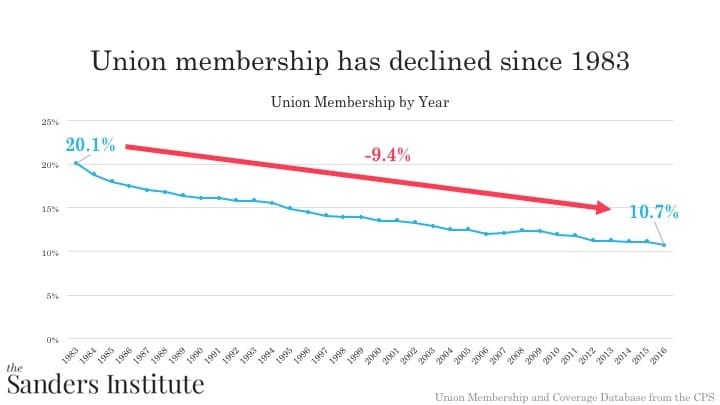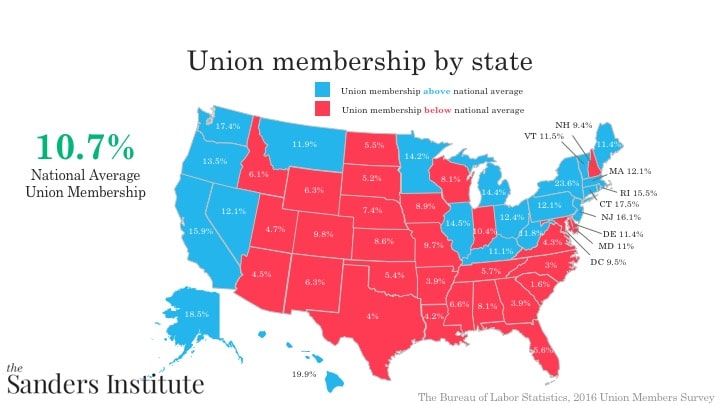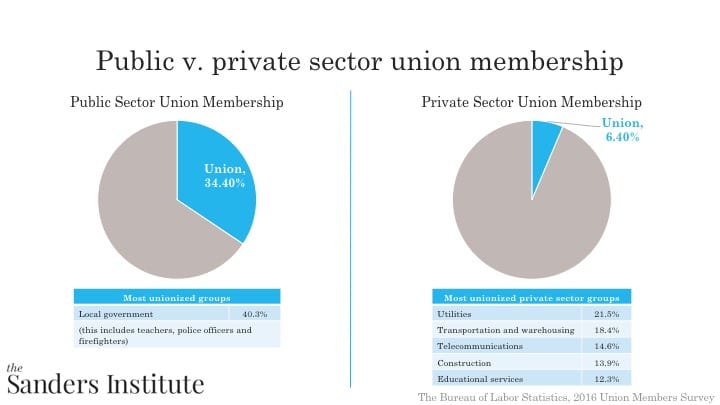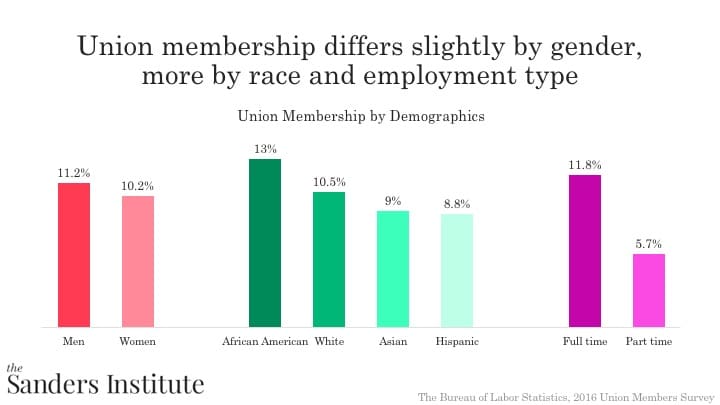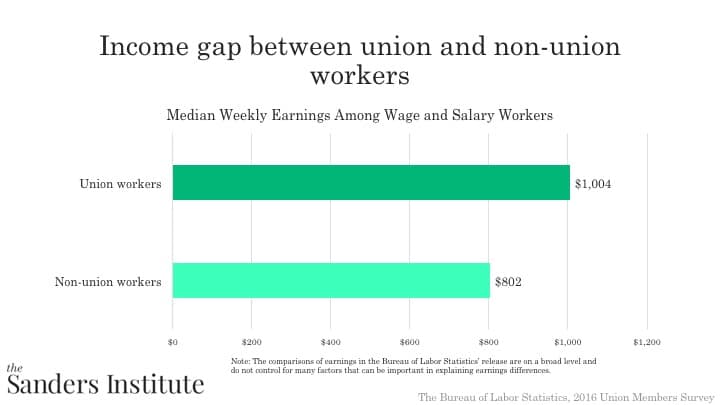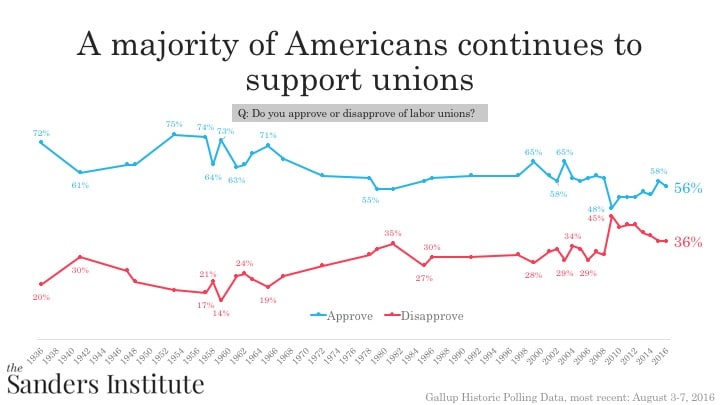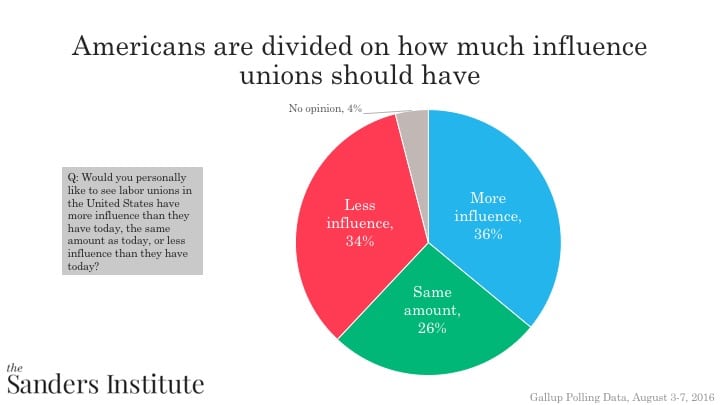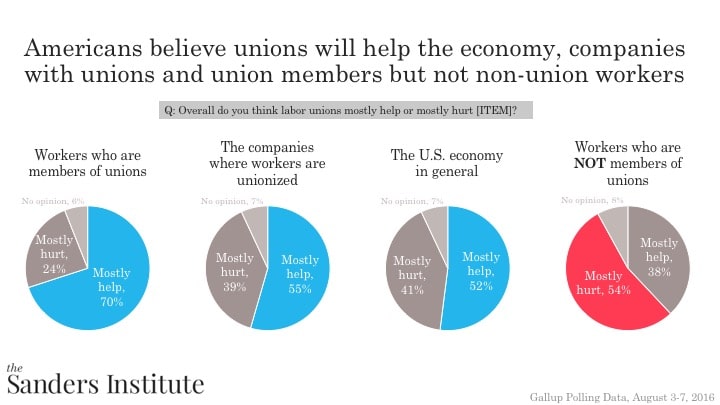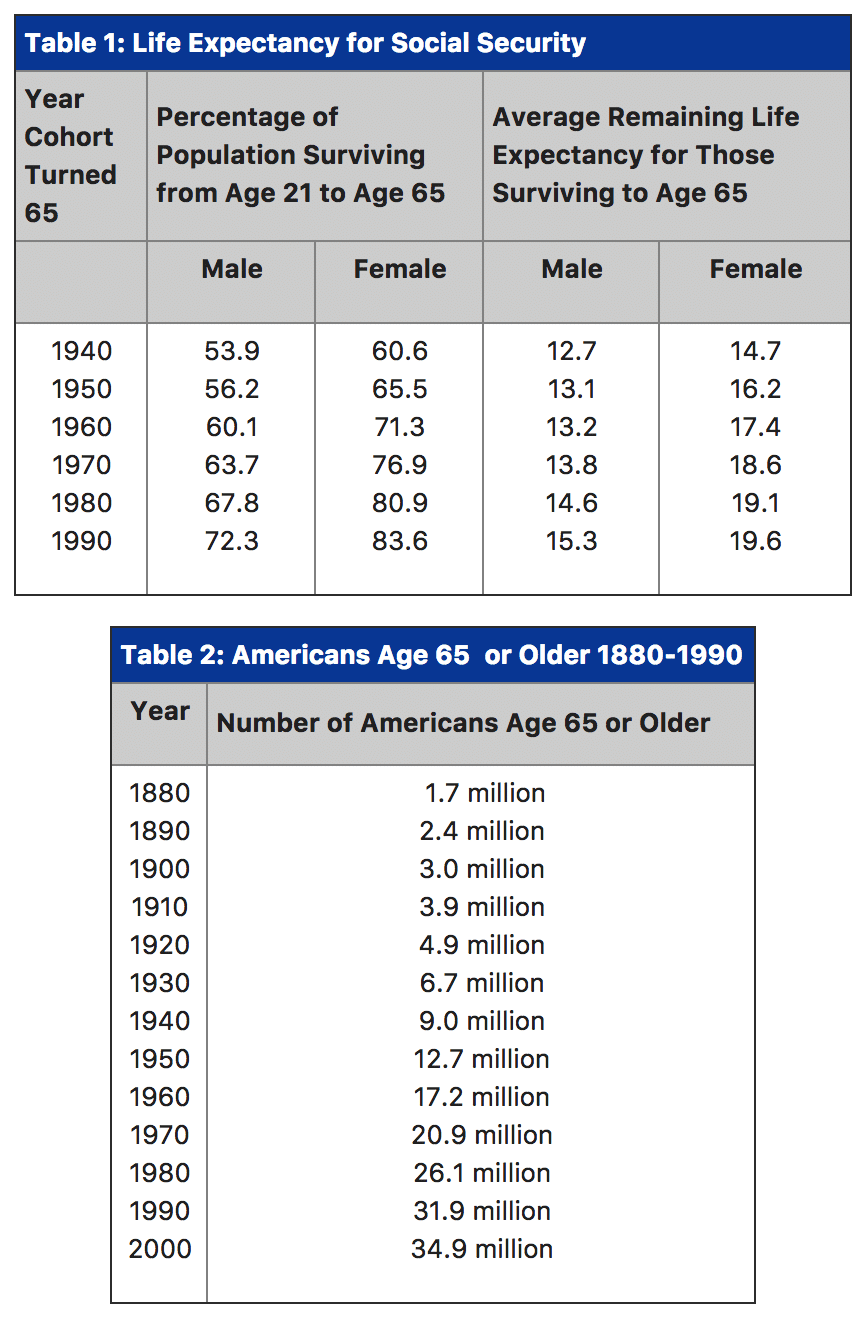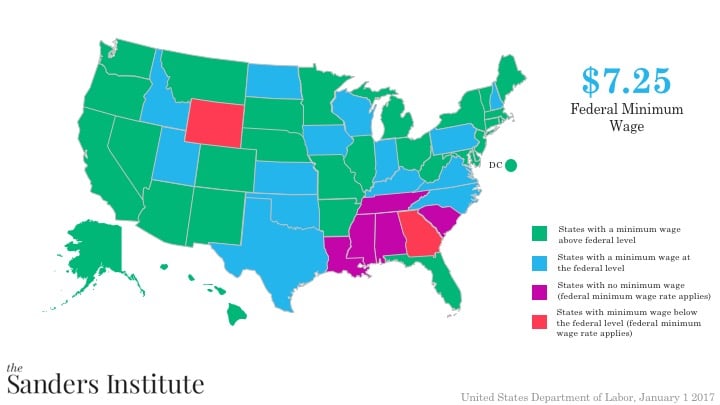The president has continued to claim voter fraud was a problem in the 2016 election. A look at the facts makes clear fraud is rare, and does not happen on a scale even close to necessary to “rig” an election.
Sensationalist claims have circulated this election season about the extent of voter fraud, with some politicians going so far as to tell voters to fear that this November’s election will be “rigged.” Because electoral integrity is one of the elements necessary to making America the greatest democracy in the world, claims like this garner media attention, and frighten and concern voters. But putting rhetoric aside to look at the facts makes clear that fraud by voters at the polls is vanishingly rare, and does not happen on a scale even close to that necessary to “rig” an election.
Studies Agree: Impersonation Fraud by Voters Very Rarely Happens
The Brennan Center’s seminal report on this issue, The Truth About Voter Fraud, found that most reported incidents of voter fraud are actually traceable to other sources, such as clerical errors or bad data matching practices. The report reviewed elections that had been meticulously studied for voter fraud, and found incident rates between 0.0003 percent and 0.0025 percent. Given this tiny incident rate for voter impersonation fraud, it is more likely, the report noted, that an American “will be struck by lightning than that he will impersonate another voter at the polls.”
A study published by a Columbia University political scientist tracked incidence rates for voter fraud for two years, and found that the rare fraud that was reported generally could be traced to “false claims by the loser of a close race, mischief and administrative or voter error.”
A 2017 analysis published in The Washington Post concluded that there is no evidence to support Trump’s claim that Massachusetts residents were bused into New Hampshire to vote.
A comprehensive 2014 study published in The Washington Post found 31 credible instances of impersonation fraud from 2000 to 2014, out of more than 1 billion ballots cast. Even this tiny number is likely inflated, as the study’s author counted not just prosecutions or convictions, but any and all credible claims.
Two studies done at Arizona State University, one in 2012 and another in 2016, found similarly negligible rates of impersonation fraud. The project found 10 cases of voter impersonation fraud nationwide from 2000-2012. The follow-up study, which looked for fraud specifically in states where politicians have argued that fraud is a pernicious problem, found zero successful prosecutions for impersonation fraud in five states from 2012-2016.
- A review of the 2016 election found four documented cases of voter fraud.
- Research into the 2016 election found no evidence of widespread voter fraud.
- A 2016 working paper concluded that the upper limit on double voting in the 2012 election was 0.02%. The paper noted that the incident rate was likely much lower, given audits conducted by the researchers showed that “many, if not all, of these apparent double votes could be a result of measurement error.”
- A 2014 paper concluded that “the likely percent of non-citizen voters in recent US elections is 0.”
- A 2014 nationwide study found “no evidence of widespread impersonation fraud” in the 2012 election.
- A 2014 study that examined impersonation fraud both at the polls and by mail ballot found zero instances in the jurisdictions studied.
- A 2014 study by the non-partisan Government Accountability Office, which reflected a literature review of the existing research on voter fraud, noted that the studies consistently found “few instances of in-person voter fraud.”
- While writing a 2012 book, a researcher went back 30 years to try to find an example of voter impersonation fraud determining the outcome of an election, but was unable to find even one.
- A 2012 study exhaustively pulled records from every state for all alleged election fraud, and found the overall fraud rate to be “infinitesimal” and impersonation fraud by voters at the polls to be the rarest fraud of all: only 10 cases alleged in 12 years. The same study found only 56 alleged cases of non-citizen voting, in 12 years.
- A 2012 assessment of Georgia’s 2006 election found “no evidence that election fraud was committed under the auspices of deceased registrants.”
- A 2011 study by the Republican National Lawyers Association found that, between 2000 and 2010, 21 states had 1 or 0 convictions for voter fraud or other kinds of voting irregularities.
- A 2010 book cataloguing reported incidents of voter fraud concluded that nearly all allegations turned out to be clerical errors or mistakes, not fraud.
- A 2009 analysis examined 12 states and found that fraud by voters was “very rare,” and also concluded that many of the cases that garnered media attention were ultimately unsubstantiated upon further review.
- Additional research on noncitizen voting can be found here: http://www.brennancenter.org/analysis/analysis-noncitizen-voting-vanishingly-rare.
- Additional resources can be found here: https://www.brennancenter.org/analysis/analysis-and-reports.
Courts Agree: Fraud by Voters at the Polls is Nearly Non-Existent
- The Fifth Circuit, in an opinion finding that Texas’s strict photo ID law is racially discriminatory, noted that there were “only two convictions for in-person voter impersonation fraud out of 20 million votes cast in the decade” before Texas passed its law.
- In its opinion striking down North Carolina’s omnibus restrictive election law —which included a voter ID requirement — as purposefully racially discriminatory, the Fourth Circuit noted that the state “failed to identify even a single individual who has ever been charged with committing in-person voter fraud in North Carolina.”
- A federal trial court in Wisconsin reviewing that state’s strict photo ID law found “that impersonation fraud — the type of fraud that voter ID is designed to prevent — is extremely rare” and “a truly isolated phenomenon that has not posed a significant threat to the integrity of Wisconsin’s elections.”
- Even the Supreme Court, in its opinion in Crawford upholding Indiana’s voter ID law, noted that the record in the case “contains no evidence of any [in-person voter impersonation] fraud actually occurring in Indiana at any time in its history.” Two of the jurists who weighed in on that case at the time — Republican-appointed former Supreme Court Justice John Paul Stevens and conservative appellate court Judge Richard Posner — have since announced they regret their votes in favor of the law, with Judge Posner noting that strict photo ID laws are “now widely regarded as a means of voter suppression rather than of fraud prevention.”
Government Investigations Agree: Voter Fraud Is Rare
- Kansas Secretary of State Kris Kobach, a longtime proponent of voter suppression efforts, argued before state lawmakers that his office needed special power to prosecute voter fraud, because he knew of 100 such cases in his state. After being granted these powers, he has brought six such cases, of which only four have been successful. The secretary has also testified about his review of 84 million votes cast in 22 states, which yielded 14 instances of fraud referred for prosecution, which amounts to a 0.00000017 percent fraud rate.
- Texas lawmakers purported to pass its strict photo ID law to protect against voter fraud. Yet the chief law enforcement official in the state responsible for such prosecutions knew of only one conviction and one guilty plea that involved in-person voter fraud in all Texas elections from 2002 through 2014.
- A specialized United States Department of Justice unit formed with the goal of finding instances of federal election fraud examined the 2002 and 2004 federal elections, and were able to prove that 0.00000013 percent of ballots cast were fraudulent. There was no evidence that any of these incidents involved in-person impersonation fraud. Over a five year period, they found “no concerted effort to tilt the election.”
- An investigation in Colorado, in which the Secretary of State alleged 100 cases of voter fraud, yielded one conviction.
- In Maine, an investigation into 200 college students revealed no evidence of fraud. Shortly thereafter, an Elections Commission appointed by a Republican secretary of state found “there is little or no history in Maine of voter impersonation or identification fraud.”
- In Florida, a criminal investigation into nine individuals who allegedly committed absentee ballot fraud led to all criminal charges being dismissed against all voters.
- In 2012, Florida Governor Rick Scott initiated an effort to remove non-citizen registrants from the state’s rolls. The state’s list of 182,000 alleged non-citizen registrants quickly dwindled to 198. Even this amended list contained many false positives, such as a WWII veteran born in Brooklyn. In the end, only 85 non-citizen registrants were identified and only one was convicted of fraud, out of a total of 12 million registered voters.
- In Iowa, a multi-year investigation into fraud led to just 27 prosecutions out of 1.6 million ballots cast. In 2014 the state issued a report on the investigation citing only six prosecutions.
- In Wisconsin, a task force charged 20 individuals with election crimes. The majority charged were individuals with prior criminal convictions, who are often caught up by confusing laws regarding restoration of their voting rights.
The verdict is in from every corner that voter fraud is sufficiently rare that it simply could not and does not happen at the rate even approaching that which would be required to “rig” an election. Electoral integrity is key to our democracy, and politicians who genuinely care about protecting our elections should focus not on phantom fraud concerns, but on those abuses that actually threaten election security.
As historians and election experts have catalogued, there is a long history in this country of racially suppressive voting measures — including poll taxes and all-white primaries — put in place under the guise of stopping voter fraud that wasn’t actually occurring in the first place. The surest way toward voting that is truly free, fair, and accessible is to know the facts in the face of such rhetoric.
